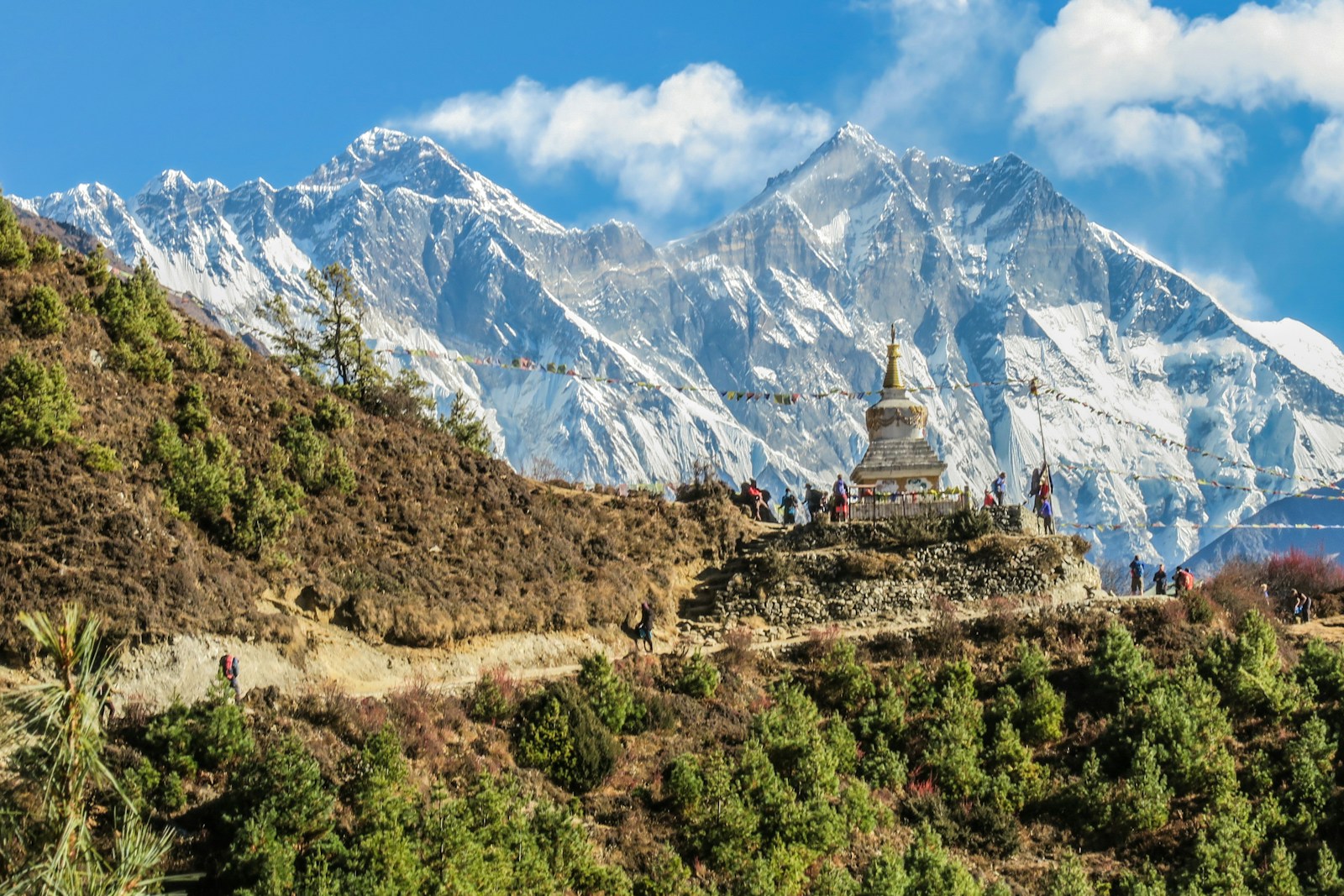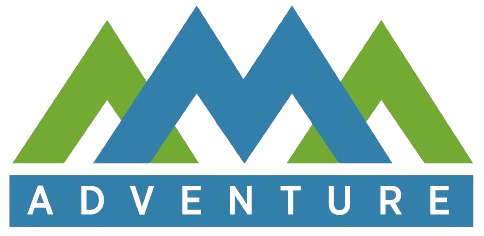
Great Himalayan Trails Low Routes – Complete Guide
Posted on: Monday, January 20th, 2025.Nepal’s Great Trail offers a once-in-a-lifetime experience. A majority of the low route consists of original paths and traditional routes that have been used by locals for centuries. It’s one of the longest trails in the world that cover the entire Himalayan region of Nepal from east to west.The Great Himalayan Trail is divided into multiple sections, with mainly two options to complete it. Low route or the high route. In the lower sections, there are often more villages, so they are sometimes called mountain routes. While the GHT low routes travel at lower altitudes, they cross the major hilly region of Nepal. The foothills of the Himalayas, are still quite high.The low route is the more inexpensive of the two routes. This is partly because trekkers don’t require pricey permits or mandatory guides anywhere on the low rates. But it’s also because the trails pass through more villages, and are closer to roads.
The Low route is a cultural experience, made up almost entirely of original paths and traditional routes that have been used by locals for centuries. Exploring this section can provide a much-needed break from the developed world. This route is shorter than the high route, going through the country’s mid-hills with an average altitude of 2,000m. However, there are many passes to cross, the highest of which is Jang La at 4,519 m.
Highlights of the Low Route
– Experience one of the planet’s last great adventures by hiking along a trail described as breathtaking
– Travel through forests, pastures, green rice terraces, and fertile agricultural land, providing the foundation for Nepal’s rich culture and civilization
– The trail goes through various cultures and offers hikers the chance to experience different environments
– Each individual can choose their preferred section
Necessary Permits For Low Routes
Traveling all over the Low route of GHT requires a different type of permit. Travel can get the permits from the immigration office in Kathmandu. If you are traveling through a travel company they will most likely be able to assist you in getting the necessary permits.
The permits for the low routes cost are much more reasonable. But you must remember that the price of Permits depends upon the location of your travel destination. A permit for a restricted area is more expensive than a permit for a conservation area. The GHT Tims and Permits must be obtained upon entry to a few conservation area.
Getting There
– For those who would like to walk the entire trail, you will need to start on Nepal’s eastern border with India
– Most trekkers fly into Kathmandu and then drive or fly to the subsection they have chosen from there. Flight times and distances vary, but there are daily domestic and international flights
Length/ Distance
A complete Great Himalayan Trail covers around 1,500 kilometers, It takes around 100 days to trek the trail.
– Total Trek 36 days about 500km
– passes over 5000m
– 3 days of rest/ acclimatization
The length and distance-dependent upon the section. Out of it, all the shortest one is Langtang (18 days) and the longest own is Makalu and Everest (34 day).
Great Himalyan Trail Low Routes Cost: 00 per person
Difficulty Level
– Low-altitude routes, too, can be challenging and shouldn’t be underestimated. Those seeking to complete the entire trial will need to plan well in advance to make sure their trip runs smoothly. – Are you expecting the low route to be an easier option? You are in for a surprise.
– On average, you gain or lose 900 – 1500m (3,000 – 5,000 feet) of elevation a day, every day, on the low route.
– Low route passes can be as high as 4,500 meters, so it’s not so low after all, so it’s no wonder that altitude sickness can be an issue.
– Despite no technical climbing sections, the route’s length requires a high level of fitness and ample experience with long-distance trekking. Those who are less experienced should choose a shorter section.
Fitness Level
If you are planning on hiking the trail, you should have experience hiking long distances and be comfortable doing so at altitude and in changing weather conditions.
– Travelers who wish to walk solo should not make this their first solo excursion.
– Even in low need to cross some high pass that requires some technical alpine and navigation skills, the majority of the trek is well-formed and easy-going trails.
– For those interested in making the trek easier or more challenging or exploring some amazing side trips, there are also plenty of trail options.
– It’s a 36-day trek with about 500km of trails, including 3 passes over 500m, that’s perfect for developing your Himalayan fieldcraft.
Guided or Self Guided
There are there different options to attempting the GHT low routes, camping with the crew, trekking with a trekking agency, and as a solo traveler. Each has its pros and cons and is down to personal preference having done suitable research. However, it is recommended that trekkers with a guided journey be in small groups for safety reasons.There are currently no sections of the low route where guides are mandatory, meaning that it can be hiked entirely independently if preferred. No matter what, we recommend getting the Great Himalaya Trail guidebook by Robin Boustead and bringing a GPS tracker or compass.
Best Time to Explore GHT Low Routes
1.Choosing the perfect season for the GHT is very tricky. Starting in Kanchenjunga at end of the September hit the last of the monsoon season. Everest reason get bustling in the mid of the October sometimes even hard to get the accommodation for solo travelers, better always carry your handy tent.
2. October to November: It is a very popular trekking season as the entire country has long spells of fine weather with relatively clear for photography occasional storms can dump large amounts of snow at higher altitudes. The night-time temperature frequently falls below freezing above 4000m(13,123ft).
3. December to January”: Offers the clearest skies for photography and the lowest temperatures, with temperatures regularly dipping below freezing above 400 meters. Many inhabitants who live above 4000 meters in the summer begin to descend in December. As a result, it’s critical to double-check that you’ll be able to restock or find refuge before leaving.
4. February through March: It’s milder than January, but heavy rain and blizzards may wreak havoc on the mountains, blocking passages for weeks at a time. In March early spring rain brings the first rhododendron blooms at the lower elevations.
5. April to May: This season is renowned for the progressive blooming of rhododendron up to the tree line, some sheltered flowers will continue into Jun. In May, temperatures start to get very high at lower elevations and haze obscures views of distant mountains. This is a good time to spot migratory birds.
6. We would recommend starting in September and ending in late November. These months guarantee you three things – some good and some bad: warm weather with clear skies, shorter days, and a large number of hikers.
7. March and April are the shoulder season with long days and nature in bloom, but it can get hazy in lowlands, impacting on views over the valleys.
8. The Low route can be hiked through most of the year, but you should be avoided in summer for this season.
9. May, Jun, July, and August are the monsoon season in Nepal so trekkers are advised to stay away during this season.
Accommodation in GHT low Routes
– The low section has a lot of teahouses, which most travelers choose as their lodging. They consist of a tiny basic hotel and give the necessary amenities; nevertheless, during peak season, they may be crowded and may not be the most sanitary option.
– Camping is the most adaptable form of lodging, allowing you unfettered access to routes and the flexibility to remain in more secluded picturesque regions.
– The camper, on the other hand, must be self-sufficient. If this is your first significant hiking experience, it is recommended that you utilize the teahouse instead of a camping van, as camping in a van might be challenging at times.
– Low-cost routes are often cheaper because there are many guest rooms to select from. After all, locals also stay there when traveling, and there are dirt roads nearby to keep the costs down.
– So food and accommodation are easier to access, and therefore cheaper. Its common wisdom when trekking in Nepal that the higher in altitudes you go, the more expensive the food and lodging.

